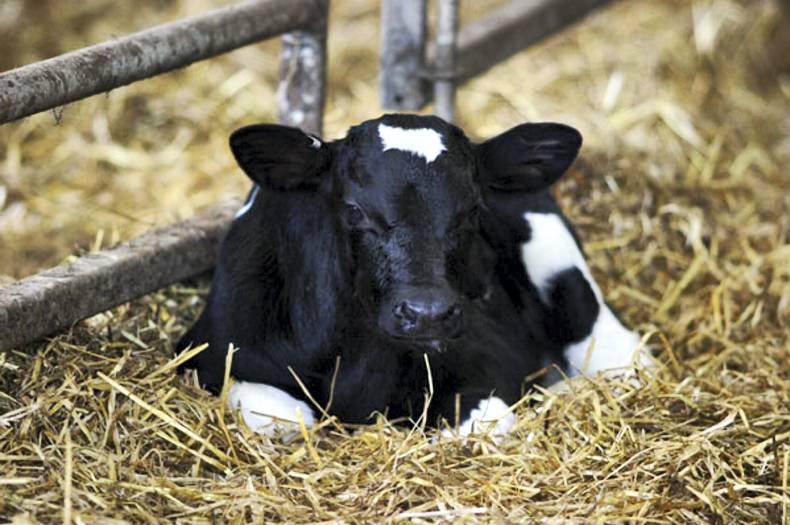This includes choosing a vaccine to suit your particular system, looking after that vaccine to make sure it remains effective right up to the point of use and some practical tips on using vaccines.
Vaccination is an important tool in the control of infectious disease. It should be treated as an insurance policy against breakdowns in biosecurity and a means to minimise the impact of a disease on farm. The decision to vaccinate represents a significant investment, both financially and in time required, so to ensure you get value from this investment it is essential that the vaccine is used correctly.
Several studies have highlighted that there are many areas of vaccine use that need improvement*^. Reviewing how you use your vaccines and developing vaccination protocols with your vet which fit with your farm management system is time well spent.
How and when to give the primary course

Timing of vaccination is the first consideration. Many vaccines require a two dose primary course, which requires sufficient time between doses and prior to insemination to allow the animal to respond to vaccination. This requirement may not fit in with the planned handling of the animals to be vaccinated so might require additional labour.
A vaccine with a single shot primary course would help to simplify this, making herd protection simple.
Errors in vaccine handling and storage can have serious consequences on their efficacy. Most vaccines require storage between 2 and 8°C, but very few farmers in one study transported vaccine in refrigerated conditions, which could result in the vaccine being exposed to high temperatures leading to irreversible damage, particularly on warm days*.
In the same study, although most farmers stored the vaccine in a fridge, very few monitored the temperature*. How many on-farm fridges have been moved out of the farmhouse kitchen as they did not keep the groceries cold?
Check the dose rate

Mixing and administration of the vaccine is yet another hurdle in vaccine compliance. Clean and appropriate equipment is essential for safe administration. Mixing spikes and multidose vaccinators are useful in simplifying this process plus a good stock of appropriately sized needles. Make sure that you check the dose rate and route of administration before giving a vaccine, to help reduce mistakes.
Choose appropriate bottle sizes for the number of animals to be vaccinated. As tempting as it may be to keep open, unfinished vaccine vials, doing so will not only reduce the efficacy of the vaccine, but can also lead to bacterial contamination. Many products state they must be used immediately, but check the information leaflet that comes with the vaccine. A vaccine with a working day shelf life would help make herd protection simple.
Speak to your vet about whether your current BVD vaccine provides you with the flexible herd protection you need.
References:
* Meadows (2010) Cattle practice 18(3): 202-215
^ Cresswell et al (2014) Vet Rec Open 1:e000042
An educational service from Boehringer Ingelheim Limited, Vetmedica, makers of Bovela. Further information available in the SPC or from Boehringer Ingelheim Limited, Vetmedica, Bracknell, Berkshire, RG12 8YS, UK. Date of preparation: Apr 2016. AHD 9164.






 This is a subscriber-only article
This is a subscriber-only article



